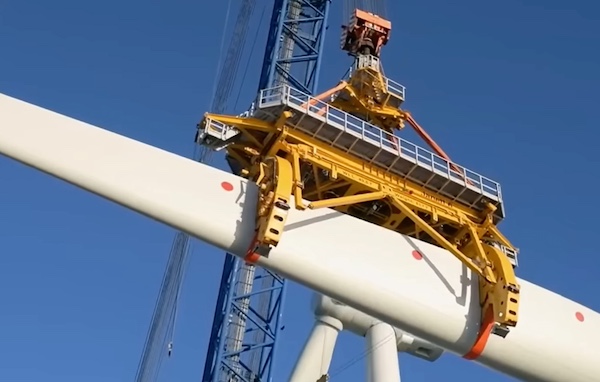
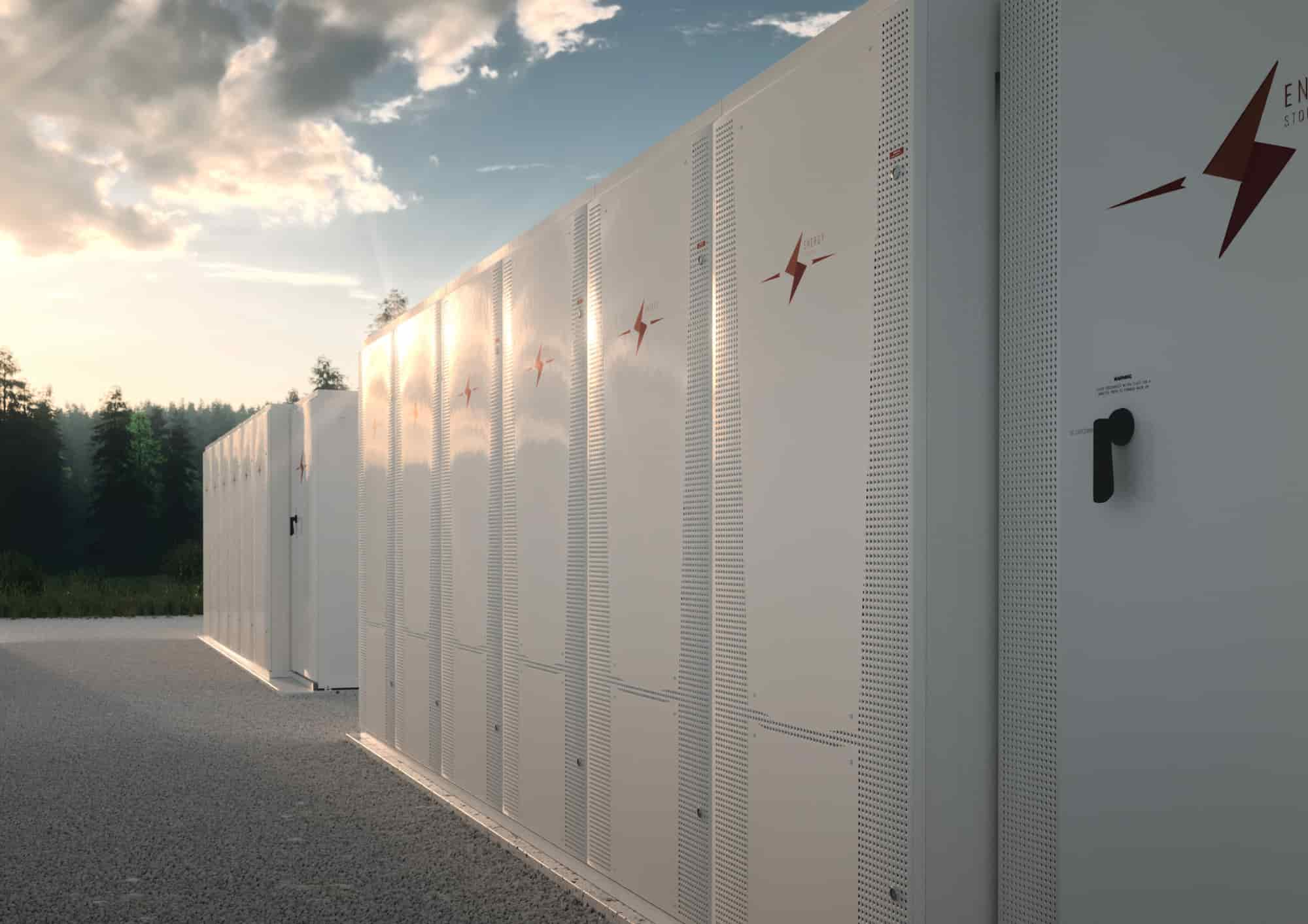
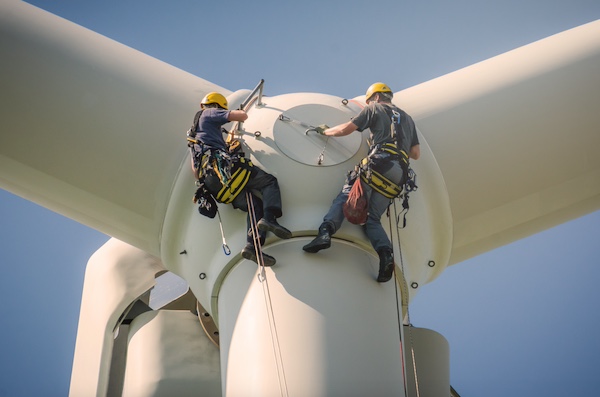
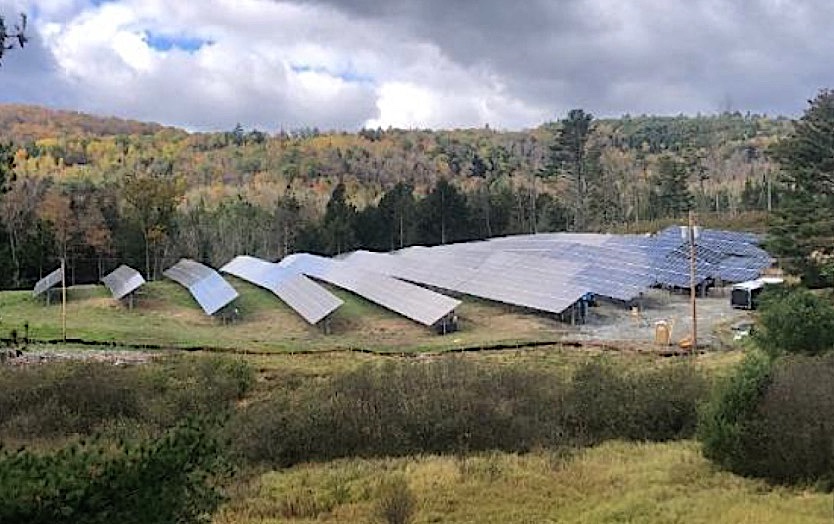
The Northeast state is well-known for its quintessential rolling green hills spotted with dairy cows. The dairy industry itself generates over $2.2 billion for Vermont annually and plays a critical role in rural communities. Yet, with increasingly thin margins, local farmers are looking for ways to compete without losing use of any of their land and find greener financial pastures in a community solar subscription.
Two recently completed off-site community solar projects built and developed by Norwich Solar and financed by partners, Solaris Energy and Greenday Finance, will now provide over 2,100 kWh of renewable and less expensive energy annually for 6 locally run dairy farms. The projects consist of two 500 kW AC (864 kW DC) solar ground-mount sites on less productive land in Newbury and Jamaica, VT. Each will help reduce fixed energy costs to increase profit margins, ensuring these farms can provide economic benefit to the local region long-term.
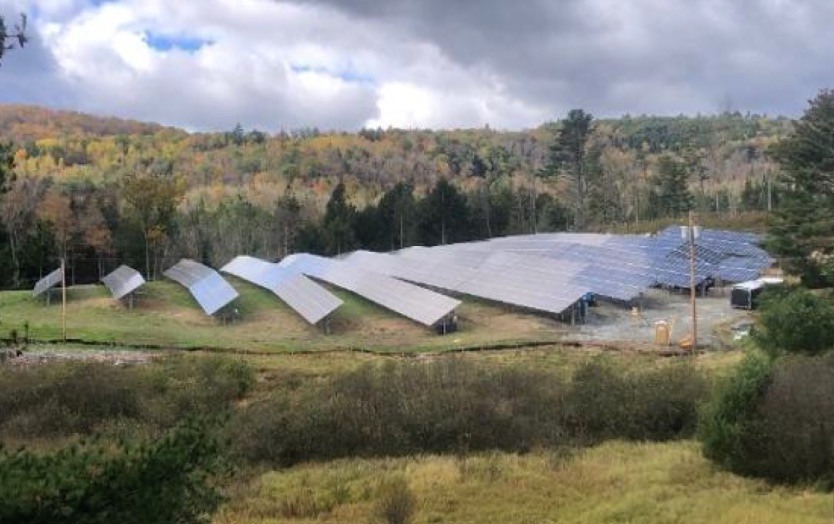 The Jamaica site (a former gravel pit) furthers the focus on a community coming together. It lies adjacent to a neighborhood of trailer homes and response from residents has been overwhelmingly positive. Several people have come out to the site to ask questions and express general excitement for the project. The Newbury site is a previously logged hillside.
The Jamaica site (a former gravel pit) furthers the focus on a community coming together. It lies adjacent to a neighborhood of trailer homes and response from residents has been overwhelmingly positive. Several people have come out to the site to ask questions and express general excitement for the project. The Newbury site is a previously logged hillside.
“It’s a beautiful thing to see locals come together to care for a community resource – especially one that helps their fellow neighbors and local economy. It really hits the mark on what community scale solar is all about.” Noted Nick Francis, Solaris Energy’s Director of Project Development.
In line with the same theme, a community of partners helped make the projects a reality. Certified B Corp, Norwich Solar was the lead on early development and construction of the sites.
“We are very fortunate to work with engaged property owners to site these solar projects on underused land, enabling additional value to be unlocked for them.” said Kevin Davis, Vice President of Sales and Marketing for Norwich Solar. He added, “The Jamaica project, in particular, was a former gravel extraction site that posed some design and installation challenges, but the final project is quite compelling to see.”
Fellow B Corp, Solaris Energy, provided late-stage development and capital through the final completion of the projects. Investor partner, Greenday Finance took over long-term ownership and will continue to work with Solaris Energy and Norwich Solar for asset management, operations and maintenance services on both sites.
“We look forward to collaborating further on more opportunities with this talented team.” said Andrew Gold, Managing Partner of Greenday Finance.
These two projects in rural America encapsulate what community scale solar is truly about. A group of value-aligned solar partners came together to provide a local economic resource that is well-supported by the neighborhood, and developed projects that support regional renewable energy goals.
Solaris Energy | https://www.solarisenergy.com/
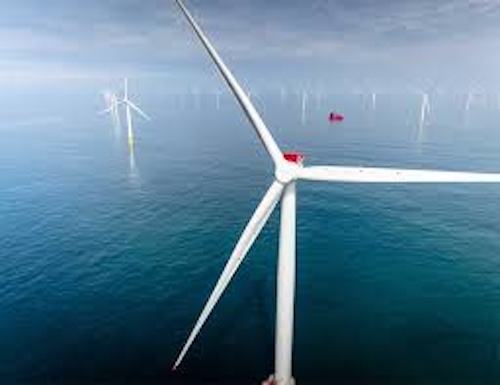
The Bureau of Ocean Energy Management (BOEM) announced it has completed its environmental review of Beacon Wind’s proposal to test suction bucket foundations on its lease area offshore Massachusetts. Based on the analysis in the environmental assessment, BOEM determined that the proposed testing will not cause significant impacts to environmental resources. Suction bucket foundations are an alternative foundation type that allow for installation of turbines without the need for pile driving.
BOEM analyzed Beacon Wind’s proposal to conduct 35 deployments and removals of a single suction bucket foundation at 26 locations within its lease area. Beacon Wind’s objective is to gather information to support the engineering design of wind turbine and offshore substation foundations that would potentially be installed for a future offshore wind project. Use of this new technology could minimize underwater noise from installation and allow for more flexibility around supply chain constraints.
The proposed Beacon Wind project is located approximately 17 nautical miles (nm) south of Nantucket, Massachusetts, and approximately 52 nm east of Montauk, New York. Beacon Wind’s future project proposal includes construction and operation of two wind energy facilities (Beacon Wind 1 and Beacon Wind 2) with a total capacity of at least 2,430 megawatts of clean, renewable wind energy, enough to power over 850,000 homes each year.
The “Notice of Availability (NOA) of a Final Environmental Assessment for Additional Site Assessment Activities on Beacon Wind, LLC’s Renewable Energy Lease OCS-A 0520” will publish in the Federal Register on May 7, 2024.
Bureau of Ocean Energy Management | https://www.boem.gov/

The Federal Energy Regulatory Commission (FERC) is expected to announce its highly anticipated final regional transmission planning and cost allocation rule on May 13, potentially paving the way for the significant grid expansion needed to deliver the low-cost, clean energy American businesses and homeowners are demanding.
On May 20, the American Council on Renewable Energy (ACORE) will host a discussion with fellow clean energy leaders to react to the final rulemaking and discuss the next steps FERC can take to further enable the transmission capacity expansion necessary to meet current and future electricity demand.
WHEN: Monday, May 20, 1:00 - 2:00 p.m. ET
WHO:
Moderator
Sandhya Ganapathy, CEO, EDP Renewables North America
Panel
Ray Long, President and CEO, American Council on Renewable Energy
Abigail Ross Hopper, President and CEO, Solar Energy Industries Association
JC Sandberg, Chief Advocacy Officer, American Clean Power Association
Christina Hayes, Executive Director, Americans for a Clean Energy Grid
American Council on Renewable Energy | www.acore.org
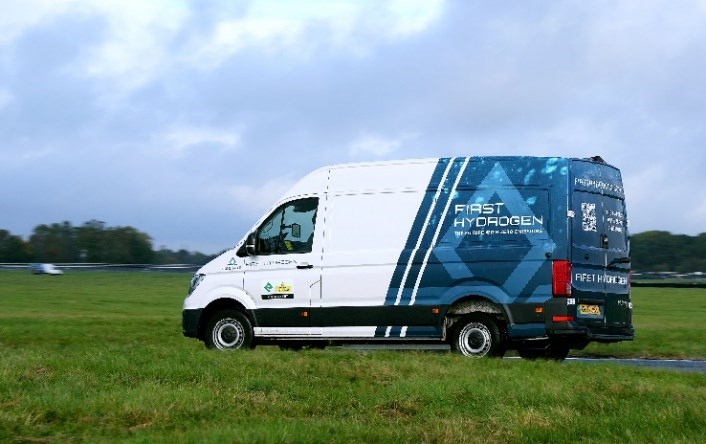
First Hydrogen Corp. (TSXV: FHYD) (OTC Pink: FHYDF) (FSE: FIT) ("FIRST HYDROGEN" or the "Company") has completed three successful vehicle trials of the Company's hydrogen-fuel-cell-powered vehicle (FCEV) and now has started trials with a large multinational logistics company, whose partners use commercial vans for parcel deliveries. The trial commenced in London, UK with driver training and is expected to continue for a month.
Parcel delivery companies face a diverse set of challenges, and are often exploring multiple zero emission technologies, including battery and hydrogen technology, to meet commercial and environmental targets. These fleets can make up the middle or final stages of the supply chain, which traditionally handle journeys to transport items from local hubs directly to consumers or end users. Recently completed trials with Wales & West Utilities (WWU), show the first-of-its-kind vehicle has been operating for between 6 and 7 hours per day. The new trials will test the FCEV over 8 hours per day with multiple deliveries per hour.
First Hydrogen has also demonstrated how its fuel cell's powertrain delivers power when needed, achieving outputs of 60kW in transient accelerations, and in previous trials the vehicle has achieved a peak range of 630km (400 miles). This indicates the vehicle can manage more demanding duties, such as carrying heavier payloads, driving over hilly terrain or powering auxiliary equipment (onboard power).
More detail on the FCEV's deployment with WWU can be seen here: http://tinyurl.com/mvu8m644.
A growing market
Global Market Insights reports parcel delivery vehicle market size will surpass US$210 billion by 2032. Ecommerce continues to fuel growth of the delivery market. The parcel delivery market was valued at US$486.47 billion in 2023, as reported by Stellar Market Research, going to US$648.84 billion by 2030. As the size of the parcel delivery market grows, the number of parcels and, as speed of delivery is crucial to service. This increases the number of delivery vehicles on the roads and therefore the amount of vehicle emissions unless fleets are able to transition to zero-emission technologies like battery or hydrogen fuel cell.
WHY HYDROGEN
Sustainability and Zero Emissions: By using hydrogen fuel cells, businesses can significantly reduce their carbon footprint, contributing to decarbonization goals. Hydrogen fuel cells emit only water and heat, offering a less carbon intensive alternative to fossil fuels. When utilized with green hydrogen, the FCEVs will be completely greenhouse gas emission free. FCEVs produce no harmful tailpipe emissions, with the only byproduct being water. This is a stark contrast to gasoline and diesel vehicles, which emit tailpipe pollutants such as nitrogen oxides, hydrocarbons, and particulate matter.
Energy Efficiency: Hydrogen fuel cells are more energy-efficient compared to traditional combustion engines. This efficiency can lead to reduced energy costs and a more sustainable energy use profile for parcel deliveries and warehouse operations. Today, FCEVs have higher initial costs than diesel vehicles, but these costs are expected to decrease significantly by 2030 due to technological advancements. Hydrogen has a higher energy conversion efficiency of 50-60% compared to diesel engines, which will lead to long-term savings.
Extended Range and Refueling Time: Hydrogen fuel cell vehicles can travel longer distances before needing to refuel compared to battery electric vehicles, and refueling can be completed in a matter of minutes. This extended range and quick refueling capability are particularly beneficial for delivery vans and trucks, ensuring minimal downtime and maximizing operational efficiency.
Scalability: Hydrogen fuel cells can be used in various applications, from forklift and light commercial vehicles to heavy-duty delivery trucks. This versatility allows businesses to deploy hydrogen technology across different aspects of its operations, providing a scalable solution to meet its sustainability goals.
Versatility: FCEVs can handle larger payloads, offer consistent power output rates and can tolerate low temperatures, making their performance superior to battery power for intensively used commercial vehicles.
Reducing Dependence on Fossil Fuels: By adopting hydrogen fuel cells, we move towards reducing the dependence on fossil fuels, aligning with global efforts to transition to cleaner energy sources. This shift not only supports environmental goals but also enhances energy security.
First Hydrogen Corp. | https://firsthydrogen.com/
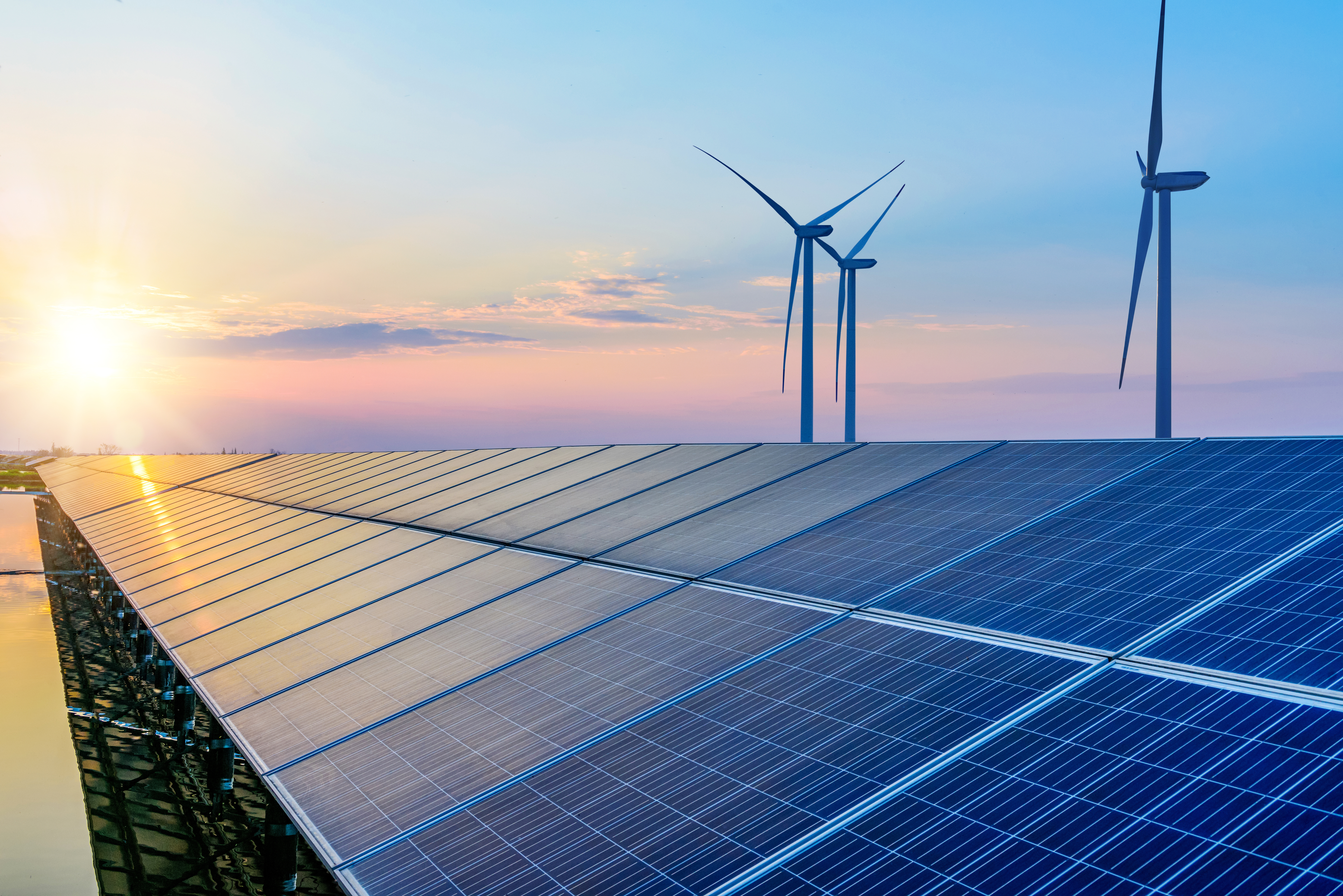
SolarBank Corporation (Nasdaq: SUUN) (Cboe CA: SUNN) (FSE: GY2) ("SolarBank" or the "Company") announces that it has executed a lease agreement on a 29.6 acre site in Black Creek, New York. SolarBank intends to develop a 3.2 MW DC ground-mount solar power project on the site (the "Project"). The Project is expected to be eligible for incentives under the New York State Energy Research and Development Authority ("NYSERDA") NY-Sun Program.
The Company has submitted its initial interconnection request for the Project and is awaiting the results of that process. Following receipt of interconnection approval, the Company will work to complete the permitting process and secure the necessary financing for the construction of the Project.
Once completed, the Project will be operated as a community solar project. Community solar is a group of solar panels with access to the local electricity grid. Once the panels are turned on and generating electricity, clean energy from the site feeds into the local power grid. Depending on the size and number of panels the project has, dozens or even hundreds of renters and homeowners can save money from the electricity that is generated by the project. By subscribing to a project, a homeowner earns credits on their electric bill every month from their portion of the solar that's generated by the project, accessing the benefits of solar without installing panels on their home.
SolarBank Corporation | www.solarbankcorp.com
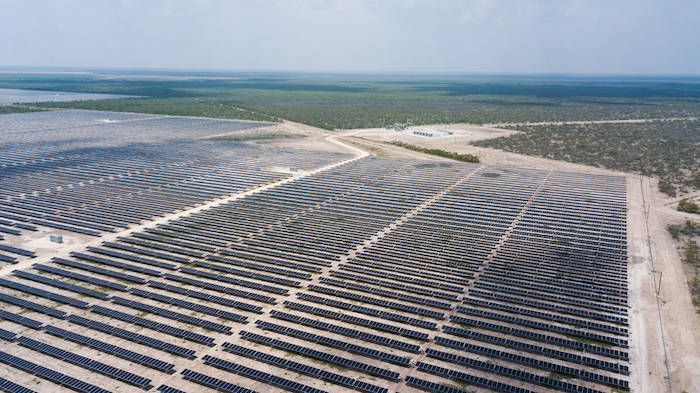
Cypress Creek Renewables, a leading solar and storage developer and independent power producer, announced that it has completed construction and reached commercial operation of its newest and largest hybrid facility, Zier, in Brackettville, Texas. The facility adds capacity to the grid as the need for energy in the state grows to an all-time high.
The power plant boasts 208MW of photovoltaic capacity, enough power to supply more than 41,600 Texas homes annually, with 80MWh of battery storage, which has already been utilized by the ERCOT grid to ease supply strain in a time of increased demand.
"Clean reliable power is critical to supporting the remarkable continuing growth happening in Texas," Sarah Slusser, CEO of Cypress Creek Renewables said. "We are incredibly proud to be bringing online more solar and dispatchable energy from batteries like ours at Zier, which have already proven vital to keeping the lights on and the air conditioning running when Texans need it most."
Cypress Creek celebrated the commercial operation of the site with a ribbon cutting event for their supply, construction, financial and community partners in Kinney County on May 2, 2024. The project will provide $11.5 million in tax revenue to the county with an additional $11.7 millionearmarked for the Bracket Independent School District.
"Texas needs every available megawatt, and low-cost renewable energy has proven critical as it continues to reach new production heights in ERCOT," said Judd Messer, Texas Vice President of Advanced Power Alliance. "Solar energy is ensuring sufficient capacity during day-time peak, setting records nearly every month, and quick-responding energy storage delivers a substantial reliability benefit when demand soars or when dispatchable energy unexpectedly falls offline. A diverse mix of resources is the only way to ensure our grid achieves both reliability and affordability, and it's encouraging to see new projects such as Cypress Creek's facility coming online to help secure these benefits for Texas."
Cypress Creek is backed by EQT Partners, a purpose-driven global investment organization.
"The Zier Hybrid Solar Site sets a new standard for large scale renewable energy projects and is a critical step towards supporting Texas' expanding power demands driven by a growing population, ever increasing data center demand with the rise of AI, and electrification," said Alex Darden, EQT Partner and head of Infrastructure, Americas. "EQT is committed to helping drive the energy transition forward by backing companies like CCR, and the immense scale and impact of this project is a testament to Cypress Creek's commitment to transforming North America's energy infrastructure."
Financing for the project was supplied by several partners including the North American Development Bank (NADBank), a binational financial institution established to provide support for projects that preserve, protect or enhance the environment to advance the well-being of the people of the United States and Mexico. Managing Director of the infrastructure financier, John Beckham, spoke at the May 2 event.
"NADBank is pleased to finance projects that contribute to the State of Texas leading the country in clean energy generation. Combined solar and battery storage projects, like this one, are vital for ERCOT's grid reliability and energy availability to power our great state," said John Beckham, Managing Director of the NADBank. "Today, we celebrate this project coming online thanks to a strong partnership with Cypress Creek Renewables, a like-minded entity focused on developing sustainable energy infrastructure."
Cypress Creek has been developing projects in Texas since inception in 2014 and, through Cypress Creek Solutions, the company's operating services business, operates almost 1GW across the state including 18 Cypress Creek-owned projects. Throughout Texas, Cypress Creek has a 6GW pipeline of 24 projects in construction or development, including a 100 MWh standalone battery storage project in Rosenberg, near Houston, expected to reach commercial operation next month.
Cypress Creek Renewables | https://ccrenew.com/
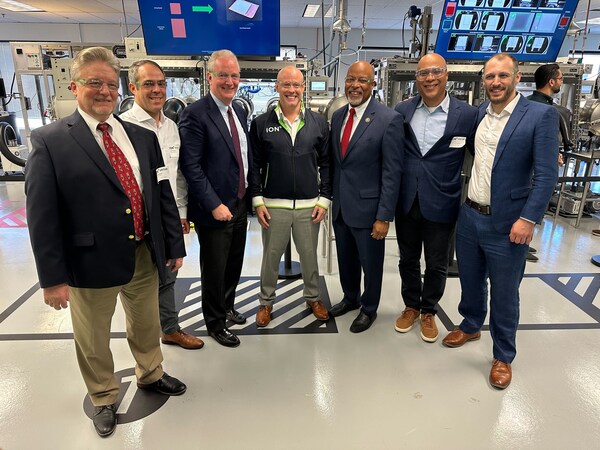
At a packed ceremony with special guests U.S. Senator Chris Van Hollen, Congressman Glenn Ivey and others, ION Storage Systems (ION), a Maryland-based manufacturer of safe, high energy density, fast-charging solid-state batteries (SSBs) commissioned one of the largest SSB manufacturing facilities in the United States. The state-of-the-art battery production pilot line, adjacent to the company's headquarters in Beltsville, MD is expected to begin manufacturing 1MWh of battery cells this year, growing to 10MWh by early 2025 with a longer-term goal of 500MWh of capacity by 2028. The facility is expected to bring skilled manufacturing jobs to Maryland over the next several years.
"The world is increasingly reliant on batteries for our cars, personal and medical devices, for a more resilient power grid and for national defense. Traditional Li-ION batteries simply haven't been up to the task," said Ricky Hanna, CEO of ION Storage Systems. "From the outset, our goal has been to develop an advanced solid-state battery that delivers enhanced power, reliability, and safety, all while being scalable in production. This new facility, one of the largest of its kind, marks a significant step towards realizing that vision."
In stark contrast to traditional lithium-ion batteries, ION's patented solid-state anodeless technology forgoes graphite and other less-sustainable materials while maximizing battery performance capabilities through its revolutionary 3-D, ceramic structure. ION's SSB architecture requires no compression, removing a long-time obstacle to the growth of SSBs. ION's battery also requires no swell budget, extensive cooling systems or heavy fire barriers, while accommodating existing and future cathode technologies translating to simple and cost-effective manufacturing at scale. ION's SSB is the first and only compressionless solid-state battery technology to achieve ARPA-E and DOE VTO Fast-Charge goals at room temperature.
ION, which recently announced that its anodeless and compressionless SSB experienced negligible degradation after cycle testing, is backed by a number of industry giants, including Toyota Ventures and Saint-Gobain. ION has been collaborating with the University of Maryland Center for Research in Extreme Batteries (CREB) to rigorously test its SSB battery before expanding into other markets including electric vehicles, energy storage, consumer electronics, and aerospace.
"As we transition to cleaner energy sources and reduce pollution, we need improved battery and energy storage technology. With federal funding from the Department of Energy, partnerships with the University of Maryland, and tax incentives through the Inflation Reduction Act, we are spurring new technological advancements to support homegrown, start-up businesses to power our clean energy future. Today's production launch shows how we can leverage the innovation and ingenuity at our institutions to generate American manufacturing jobs right here in Maryland," said Senator Van Hollen.
"The commissioning of the state-of-the-art production facility in Beltsville is a great leap forward for ION Storage Systems in safe green battery technology. I am proud that this company is born from the R&D of our flagship state school, the University of Maryland at College Park. Federal Grants from ARPA-E in the Department of Energy have furthered the development of this innovative technology, and collaboration with the University of Maryland and the Department of Defense ensures that we give our warfighters made-in-America technology that prevents adversaries from undercutting our national security capabilities. This technology also helps to stop the use of child and slave labor across the world in the mining of nickel and cobalt which are the predominant components of old portable battery technology. I commend ION in their innovation and look forward to more jobs generated and more green advances right here in the heart of my congressional district," said Congressman Glenn Ivey (MD-04).
ION Storage Systems | https://ionstoragesystems.com/
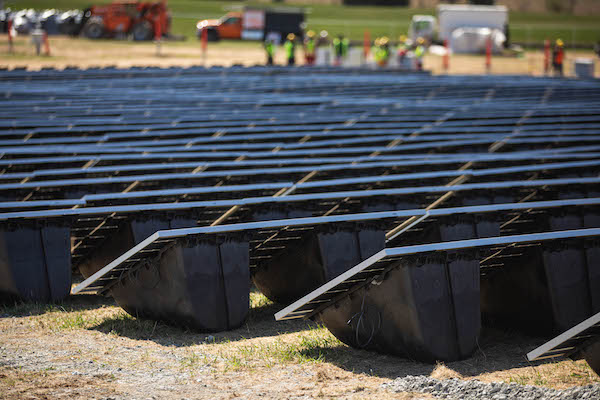
Alternative Energies May 15, 2023
The United States is slow to anger, but relentlessly seeks victory once it enters a struggle, throwing all its resources into the conflict. “When we go to war, we should have a purpose that our people understand and support,” as former Secretary ....

Unleashing trillions of dollars for a resilient energy future is within our grasp — if we can successfully navigate investment risk and project uncertainties.
The money is there — so where are the projects?
A cleaner and more secure energy future will depend on tapping trillions of dollars of capital. The need to mobilize money and markets to enable the energy transition was one of the key findings of one of the largest studies ever conducted among the global energy sector C-suite. This will mean finding ways to reduce the barriers and uncertainties that prevent money from flowing into the projects and technologies that will transform the energy system. It will also mean fostering greater collaboration and alignment among key players in the energy space.
 Interestingly, the study found that insufficient access to finance was not considered the primary cause of the current global energy crisis. In fact, capital was seen to be available — but not being unlocked. Why is that? The answer lies in the differing risk profiles of energy transition investments around the world. These risks manifest in multiple ways, including uncertainties relating to project planning, public education, stakeholder engagement, permitting, approvals, policy at national and local levels, funding and incentives, technology availability, and supply chains.
Interestingly, the study found that insufficient access to finance was not considered the primary cause of the current global energy crisis. In fact, capital was seen to be available — but not being unlocked. Why is that? The answer lies in the differing risk profiles of energy transition investments around the world. These risks manifest in multiple ways, including uncertainties relating to project planning, public education, stakeholder engagement, permitting, approvals, policy at national and local levels, funding and incentives, technology availability, and supply chains.
These risks need to be addressed to create more appealing investment opportunities for both public and private sector funders. This will require smart policy and regulatory frameworks that drive returns from long-term investment into energy infrastructure. It will also require investors to recognize that resilient energy infrastructure is more than an ESG play — it is a smart investment in the context of doing business in the 21st century.
Make de-risking investment profiles a number one priority
According to the study, 80 percent of respondents believe the lack of capital being deployed to accelerate the transition is the primary barrier to building the infrastructure required to improve energy security. At the same time, investors are looking for opportunities to invest in infrastructure that meets ESG and sustainability criteria. This suggests an imbalance between the supply and demand of capital for energy transition projects.
How can we close the gap?
One way is to link investors directly to energy companies. Not only would this enable true collaboration and non-traditional partnerships, but it would change the way project financing is conceived and structured — ultimately aiding in potentially satisfying the risk appetite of latent but hugely influential investors, such as pension funds. The current mismatch of investor appetite and investable projects reveals a need for improving risk profiles, as well as a mindset shift towards how we bring investment and developer stakeholders together for mutual benefit. The circular dilemma remains: one sector is looking for capital to undertake projects within their skill to deploy, while another sector wonders where the investable projects are.
This conflict is being played out around the world; promising project announcements are made, only to be followed by slow progress (or no action at all). This inertia results when risks are compounded and poorly understood. To encourage collaboration between project developers and investors with an ESG focus, more attractive investment opportunities can be created by pulling several levers: public and private investment strategies, green bonds and other sustainable finance instruments, and innovative financing models such as impact investing.

Expedite permitting to speed the adoption of new technologies
Another effective strategy to de-risk investment profiles is found in leveraging new technologies and approaches that reduce costs, increase efficiency, and enhance the reliability of energy supply. Research shows that 62 percent of respondents indicated a moderate or significant increase in investment in new and transitional technologies respectively, highlighting the growing interest in innovative solutions to drive the energy transition forward.
Hydrogen, carbon capture and storage, large-scale energy storage, and smart grids are some of the emerging technologies identified by survey respondents as having the greatest potential to transform the energy system and create new investment opportunities. However, these technologies face challenges such as long lag times between conception and implementation.
If the regulatory environment makes sense, then policy uncertainty is reduced, and the all-important permitting pathways are well understood and can be navigated. Currently, the lack of clear, timely, and fit-for-purpose permitting is a major roadblock to the energy transition. To truly unleash the potential of transitional technologies requires the acceleration of regulatory systems that better respond to the nuance and complexity of such technologies (rather than the current one-size-fits all approach). In addition, permitting processes must also be expedited to dramatically decrease the period between innovation, commercialization, and implementation. One of the key elements of faster permitting is effective consultation with stakeholders and engagement with communities where these projects will be housed for decades. This is a highly complex area that requires both technical and communication skills.
The power of collaboration, consistency, and systems thinking
The report also reveals the need for greater collaboration among companies in the energy space to build a more resilient system. The report shows that, in achieving net zero, there is a near-equal split between those increasing investment (47 percent of respondents), and those decreasing investment (39 percent of respondents). This illustrates the complexity and diversity of the system around the world. A more resilient system will require all its components – goals and actions – to be aligned towards a common outcome.
Another way to de-risk the energy transition is to establish consistent, transparent, and supportive policy frameworks that encourage investment and drive technological innovation. The energy transition depends on policy to guide its direction and speed by affecting how investors feel and how the markets behave. However, inconsistent or inadequate policy can also be a source of uncertainty and instability. For example, shifting political priorities, conflicting international standards, and the lack of market-based mechanisms can hinder the deployment of sustainable technologies, resulting in a reluctance to commit resources to long-term projects.
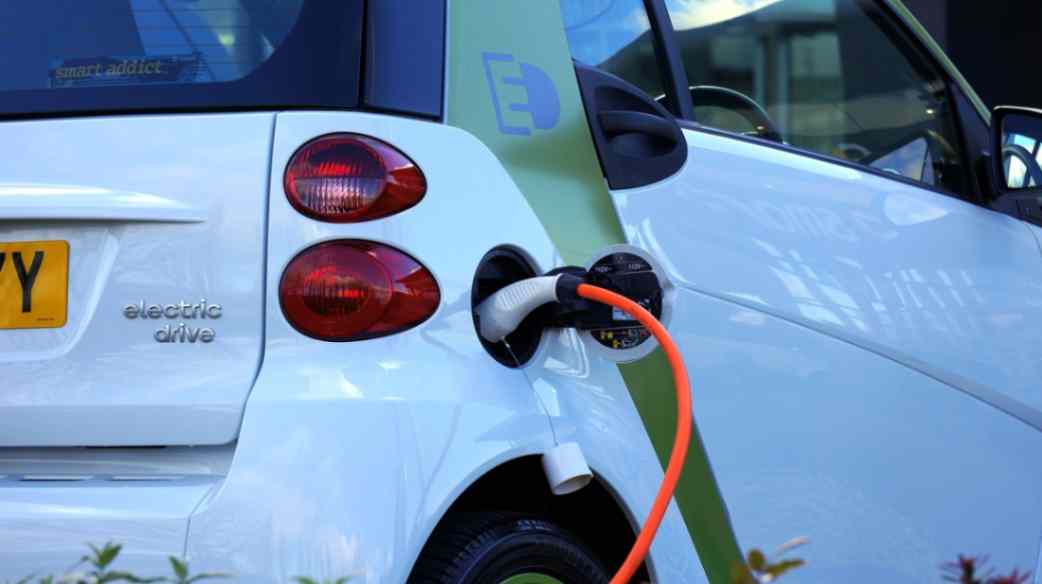
Variations in country-to-country deployment creates disparities in energy transition progress. For instance, the 2022 Inflation Reduction Act in the US has posed challenges for the rest of the world, by potentially channeling energy transition investment away from other markets and into the US. This highlights the need for a globally unified approach to energy policy that balances various national interests while addressing a global problem.
To facilitate the energy transition, it is imperative to establish stable, cohesive, and forward-looking policies that align with global goals and standards. By harmonizing international standards, and providing clear and consistent signals, governments and policymakers can generate investor confidence, helping to foster a robust energy ecosystem that propels the sector forward.
Furthermore, substantive and far-reaching discussions at international events like the United Nations Conference of the Parties (COP), are essential to facilitate this global alignment. These events provide an opportunity to de-risk the energy transition through consistent policy that enables countries to work together, ensuring that the global community can tackle the challenges and opportunities of the energy transition as a united front.
Keeping net-zero ambitions on track
Despite the challenges faced by the energy sector, the latest research reveals a key positive: 91 percent of energy leaders surveyed are working towards achieving net zero. This demonstrates a strong commitment to the transition and clear recognition of its importance. It also emphasizes the need to accelerate our efforts, streamline processes, and reduce barriers to realizing net-zero ambitions — and further underscores the need to de-risk energy transition investment by removing uncertainties.
The solution is collaborating and harmonizing our goals with the main players in the energy sector across the private and public sectors, while establishing consistent, transparent, and supportive policy frameworks that encourage investment and drive technological innovation.
These tasks, while daunting, are achievable. They require vision, leadership, and action from all stakeholders involved. By adopting a new mindset about how we participate in the energy system and what our obligations are, we can stimulate the rapid progress needed on the road to net zero.
Dr. Tej Gidda (Ph.D., M.Sc., BSc Eng) is an educator and engineer with over 20 years of experience in the energy and environmental fields. As GHD Global Leader – Future Energy, Tej is passionate about moving society along the path towards a future of secure, reliable, and affordable low-carbon energy. His focus is on helping public and private sector clients set and deliver on decarbonization goals in order to achieve long-lasting positive change for customers, communities, and the climate. Tej enjoys fostering the next generation of clean energy champions as an Adjunct Professor at the University of Waterloo Department of Civil and Environmental Engineering.
GHD | www.ghd.com
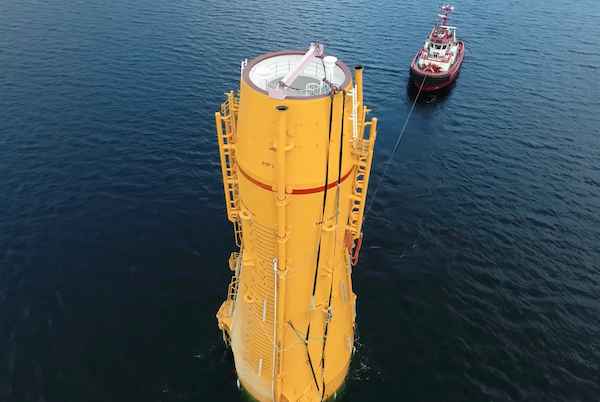
The Kincardine floating wind farm, located off the east coast of Scotland, was a landmark development: the first commercial-scale project of its kind in the UK sector. Therefore, it has been closely watched by the industry throughout its installation. With two of the turbines now having gone through heavy maintenance, it has also provided valuable lessons into the O&M processes of floating wind projects.
In late May, the second floating wind turbine from the five-turbine development arrived in the port of Massvlakte, Rotterdam, for maintenance. An Anchor Handling Tug Supply (AHTS)
vessel was used to deliver the KIN-02 turbine two weeks after a Platform Supply Vessel (PSV) and AHTS had worked to disconnect the turbine from the wind farm site. The towing vessel became the third vessel used in the operation.
This is not the first turbine disconnected from the site and towed for maintenance. In the summer of 2022, KIN-03 became the world’s first-ever floating wind turbine that required heavy maintenance (i.e. being disconnected and towed for repair). It was also towed from Scotland to Massvlakte.
Each of these operations has provided valuable lessons for the ever-watchful industry in how to navigate the complexities of heavy maintenance in floating wind as the market segment grows.

The heavy maintenance process
When one of Kincardine’s five floating 9.5 MW turbines (KIN-03) suffered a technical failure in May 2022, a major technical component needed to be replaced. The heavy maintenance strategy selected by the developer and the offshore contractors consisted in disconnecting and towing the turbine and its floater to Rotterdam for maintenance, followed by a return tow and re-connection. All of the infrastructure, such as crane and tower access, remained at the quay following the construction phase. (Note, the following analysis only covers KIN-03, as details of the second turbine operation are not yet available).
Comparing the net vessel days for both the maintenance and the installation campaigns at this project highlights how using a dedicated marine spread can positively impact operations.
For this first-ever operation, a total of 17.2 net vessel days were required during turbine reconnection—only a slight increase on the 14.6 net vessel days that were required for the first hook-up operation performed during the initial installation in 2021. However, it exceeds the average of eight net vessel days during installation. The marine spread used in the heavy maintenance operation differed from that used during installation. Due to this, it did not benefit from the learning curve and experience gained throughout the initial installation, which ultimately led to the lower average vessel days.
The array cable re-connection operation encountered a similar effect. The process was performed by one AHTS that spent 10 net vessel days on the operation. This compares to the installation campaign, where the array cable second-end pull-in lasted a maximum of 23.7 hours using a cable layer.
Overall, the turbine shutdown duration can be broken up as 14 days at the quay for maintenance, 52 days from turbine disconnection to turbine reconnection, and 94 days from disconnection to the end of post-reconnection activities.
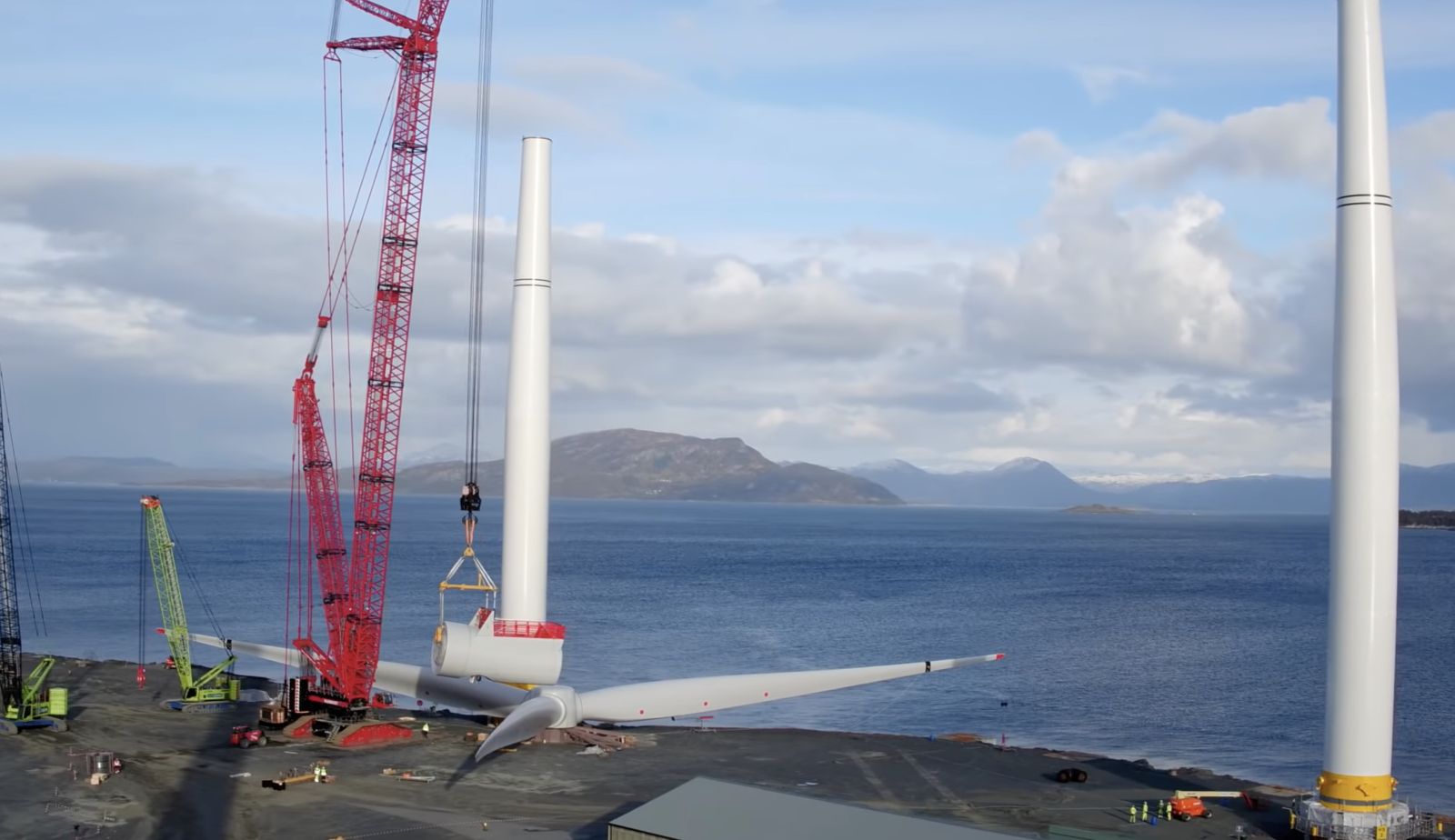
What developers should keep in mind for heavy maintenance operations
This analysis has uncovered two main lessons developers should consider when planning a floating wind project: the need to identify an appropriate O&M port, and to guarantee that a secure fleet is available.
Floating wind O&M operations require a port with both sufficient room and a deep-water quay. The port must also be equipped with a heavy crane with sufficient tip height to accommodate large floaters and reach turbine elevation. Distance to the wind farm should also be taken into account, as shorter distances will reduce towing time and, therefore, minimize transit and non-productive turbine time.
During the heavy maintenance period for KIN-03 and KIN-02, the selected quay (which had also been utilized in the initial installation phase of the wind farm project), was already busy as a marshalling area for other North Sea projects. This complicated the schedule significantly, as the availability of the quay and its facilities had to be navigated alongside these other projects. This highlights the importance of abundant quay availability both for installation (long-term planning) and maintenance that may be needed on short notice.
At the time of the first turbine’s maintenance program (June 2022), the North Sea AHTS market was in an exceptional situation: the largest bollard pull AHTS units contracted at over $200,000 a day, the highest rate in over a decade.
During this time, the spot market was close to selling out due to medium-term commitments, alongside the demand for high bollard pull vessels for the installation phase at a Norwegian floating wind farm project. The Norwegian project required the use of four AHTS above a 200t bollard pull. With spot rates ranging from $63,000 to $210,000 for the vessels contracted for Kincardine’s maintenance, the total cost of the marine spread used in the first repair campaign was more than $4 million.
Developers should therefore consider the need to structure maintenance contracts with AHTS companies, either through frame agreements or long-term charters, to decrease their exposure to spot market day rates as the market tightens in the future.

While these lessons are relevant for floating wind developers now, new players are looking towards alternative heavy O&M maintenance options for the future. Two crane concepts are especially relevant in this instance. The first method is for a crane to be included in the turbine nacelle to be able to directly lift the component which requires repair from the floater, as is currently seen on onshore turbines. This method is already employed in onshore turbines and could be applicable for offshore. The second method is self-elevating cranes with several such solutions already in development.
The heavy maintenance operations conducted on floating turbines at the Kincardine wind farm have provided invaluable insights for industry players, especially developers. The complex process of disconnecting and towing turbines for repairs highlights the need for meticulous planning and exploration of alternative maintenance strategies, some of which are already in the pipeline. As the industry evolves, careful consideration of ports, and securing fleet contracts, will be crucial in driving efficient and cost-effective O&M practices for the floating wind market.
Sarah McLean is Market Research Analyst at Spinergie, a maritime technology company specializing in emission, vessel performance, and operation optimization.
Spinergie | www.spinergie.com

According to the Energy Information Administration (EIA), developers plan to add 54.5 gigawatts (GW) of new utility-scale electric generating capacity to the U.S. power grid in 2023. More than half of this capacity will be solar. Wind power and battery storage are expected to account for roughly 11 percent and 17 percent, respectively.
A large percentage of new installations are being developed in areas that are prone to extreme weather events and natural disasters (e.g., Texas and California), including high wind, tornadoes, hail, flooding, earthquakes, wildfires, etc. With the frequency and severity of many of these events increasing, project developers, asset owners, and tax equity partners are under growing pressure to better understand and mitigate risk.
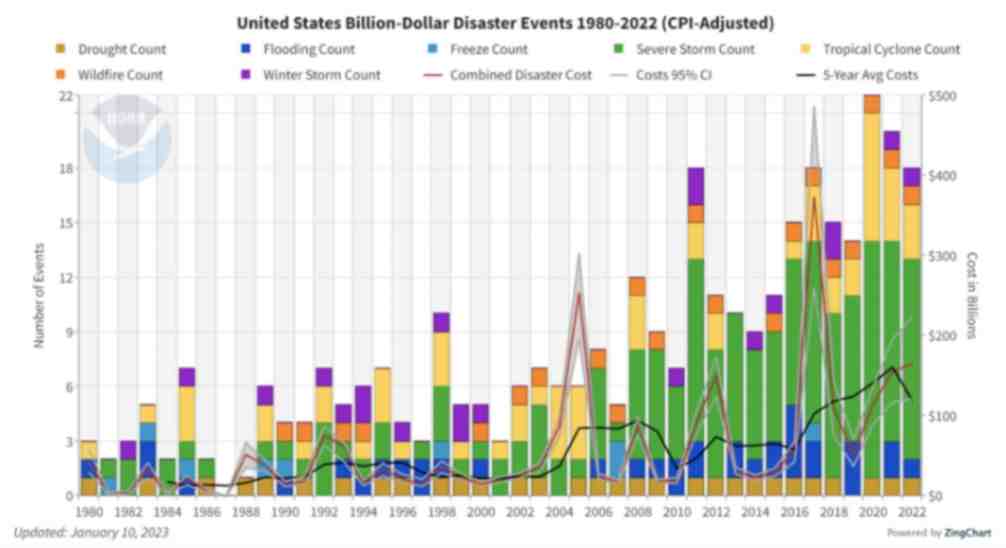
Figure 1. The history of billion-dollar disasters in the United States each year from 1980 to 2022 (source: NOAA)
In terms of loss prevention, a Catastrophe (CAT) Modeling Study is the first step to understanding the exposure and potential financial loss from natural hazards or extreme weather events. CAT studies form the foundation for wider risk management strategies, and have significant implications for insurance costs and coverage.
Despite their importance, developers often view these studies as little more than a formality required for project financing. As a result, they are often conducted late in the development cycle, typically after a site has been selected. However, a strong case can be made for engaging early with an independent third party to perform a more rigorous site-specific technical assessment. Doing so can provide several advantages over traditional assessments conducted by insurance brokerage affiliates, who may not possess the specialty expertise or technical understanding needed to properly apply models or interpret the results they generate. One notable advantage of early-stage catastrophe studies is to help ensure that the range of insurance costs, which can vary from year to year with market forces, are adequately incorporated into the project financial projections.
The evolving threat of natural disasters
Over the past decade, the financial impact of natural hazard events globally has been almost three trillion dollars. In the U.S. alone, the 10-year average annual cost of natural disaster events exceeding $1 billion increased more than fourfold between the 1980s ($18.4 billion) and the 2010s ($84.5 billion).

Investors, insurers, and financiers of renewable projects have taken notice of this trend, and are subsequently adapting their behavior and standards accordingly. In the solar market, for example, insurance premiums increased roughly four-fold from 2019 to 2021. The impetus for this increase can largely be traced back to a severe storm in Texas in 2019, which resulted in an $80 million loss on 13,000 solar panels that were damaged by hail.
The event awakened the industry to the hazards severe storms present, particularly when it comes to large-scale solar arrays. Since then, the impact of convective weather on existing and planned installations has been more thoroughly evaluated during the underwriting process. However, far less attention has been given to the potential for other natural disasters; events like floods and earthquakes have not yet resulted in large losses and/or claims on renewable projects (including wind farms). The extraordinary and widespread effect of the recent Canadian wildfires may alter this behavior moving forward.
A thorough assessment, starting with a CAT study, is key to quantifying the probability of their occurrence — and estimating potential losses — so that appropriate measures can be taken to mitigate risk.
All models are not created equal
Industrywide, certain misconceptions persist around the use of CAT models to estimate losses from an extreme weather event or natural disaster.
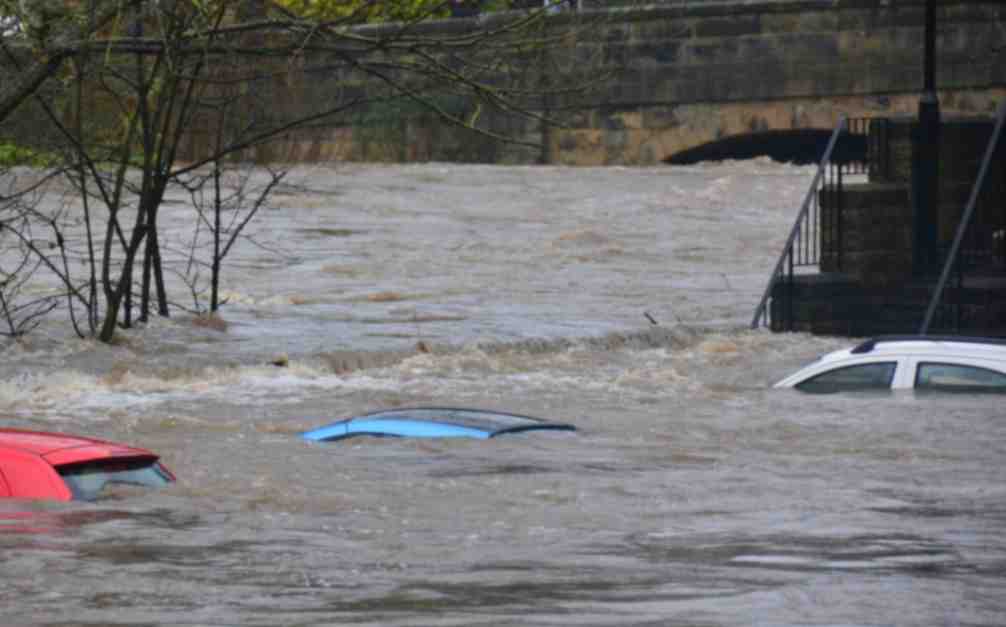
Often, the perception is that risk assessors only need a handful of model inputs to arrive at an accurate figure, with the geographic location being the most important variable. While it’s true that many practitioners running models will pre-specify certain project characteristics regardless of the asset’s design (for example, the use of steel moment frames without trackers for all solar arrays in a given region or state), failure to account for even minor details can lead to loss estimates that are off by multiple orders of magnitude.
The evaluation process has recently become even more complex with the addition of battery energy storage. Relative to standalone solar and wind farms, very little real-world experience and data on the impact of extreme weather events has been accrued on these large-scale storage installations. Such projects require an even greater level of granularity to help ensure that all risks are identified and addressed.
Even when the most advanced modeling software tools are used (which allow for thousands of lines of inputs), there is still a great deal that is subject to interpretation. If the practitioner does not possess the expertise or technical ability needed to understand the model, the margin for error can increase substantially. Ultimately, this can lead to overpaying for insurance. Worse, you may end up with a policy with insufficient coverage. In both cases, the profitability of the asset is impacted.
Supplementing CAT studies
In certain instances, it may be necessary to supplement CAT models with an even more detailed analysis of the individual property, equipment, policies, and procedures. In this way, an unbundled risk assessment can be developed that is tailored to the project. Supplemental information (site-specific wind speed studies and hydrological studies, structural assessment, flood maps, etc.) can be considered to adjust vulnerability models.
This provides an added layer of assurance that goes beyond the pre-defined asset descriptions in the software used by traditional studies or assessments. By leveraging expert elicitations, onsite investigations, and rigorous engineering-based methods, it is possible to discretely evaluate asset-specific components as part of the typical financial loss estimate study: this includes Normal Expected Loss (NEL), also known as Scenario Expected Loss (SEL); Probable Maximum Loss (PML), also known as Scenario Upper Loss (SUL); and Probabilistic Loss (PL).
Understanding the specific vulnerabilities and consequences can afford project stakeholders unique insights into quantifying and prioritizing risks, as well as identifying proper mitigation recommendations.
Every project is unique
The increasing frequency and severity of natural disasters and extreme weather events globally is placing an added burden on the renewable industry, especially when it comes to project risk assessment and mitigation. Insurers have signaled that insurance may no longer be the main basis for transferring risk; traditional risk management, as well as site and technology selection, must be considered by developers, purchasers, and financiers.
As one of the first steps in understanding exposure and the potential capital loss from a given event, CAT studies are becoming an increasingly important piece of the risk management puzzle. Developers should treat them as such by engaging early in the project lifecycle with an independent third-party practitioner with the specialty knowledge, tools, and expertise to properly interpret models and quantify risk.
Hazards and potential losses can vary significantly depending on the project design and the specific location. Every asset should be evaluated rigorously and thoroughly to minimize the margin for error, and maximize profitability over its life.
 Chris LeBoeuf is Global Head of the Extreme Loads and Structural Risk division of ABS Group, based in San Antonio, Texas. He leads a team of more than 60 engineers and scientists in the US, UK, and Singapore, specializing in management of risks to structures and equipment related to extreme loading events, including wind, flood, seismic and blast. Chris has more than 20 years of professional experience as an engineering consultant, and is a recognized expert in the study of blast effects and blast analysis, as well as design of buildings. He holds a Bachelor of Science in Civil Engineering from The University of Texas at San Antonio, and is a registered Professional Engineer in 12 states.
Chris LeBoeuf is Global Head of the Extreme Loads and Structural Risk division of ABS Group, based in San Antonio, Texas. He leads a team of more than 60 engineers and scientists in the US, UK, and Singapore, specializing in management of risks to structures and equipment related to extreme loading events, including wind, flood, seismic and blast. Chris has more than 20 years of professional experience as an engineering consultant, and is a recognized expert in the study of blast effects and blast analysis, as well as design of buildings. He holds a Bachelor of Science in Civil Engineering from The University of Texas at San Antonio, and is a registered Professional Engineer in 12 states.
ABS Group | www.abs-group.com
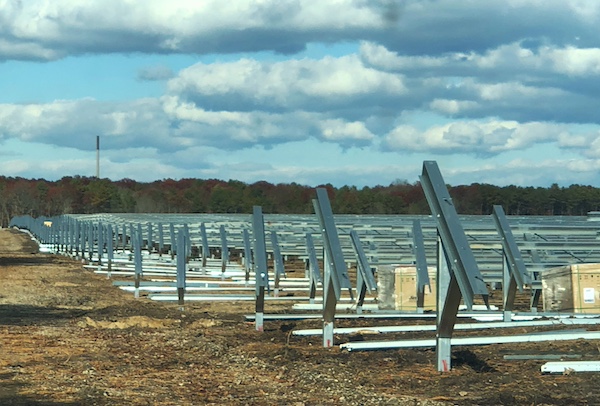
Throughout my life and career as a real estate developer in New York City, I’ve had many successes. In what is clearly one of my most unusual development projects in a long career filled with them, I initiated the building of a solar farm to help t....
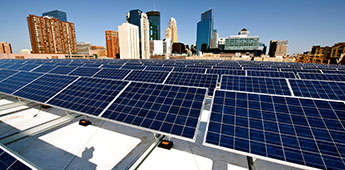
I’m just going to say it, BIPV is dumb. Hear me out…. Solar is the most affordable form of energy that has ever existed on the planet, but only because the industry has been working towards it for the past 15 years. Governments,....
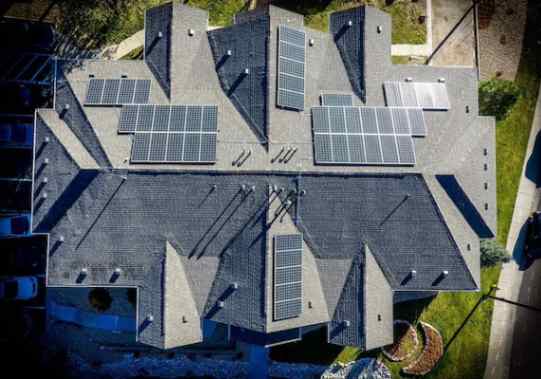
Heat waves encircled much of the earth last year, pushing temperatures to their highest in recorded history. The water around Florida was “hot-tub hot” — topping 101° and bleaching and killing coral in waters around the peninsula. Phoenix had ....
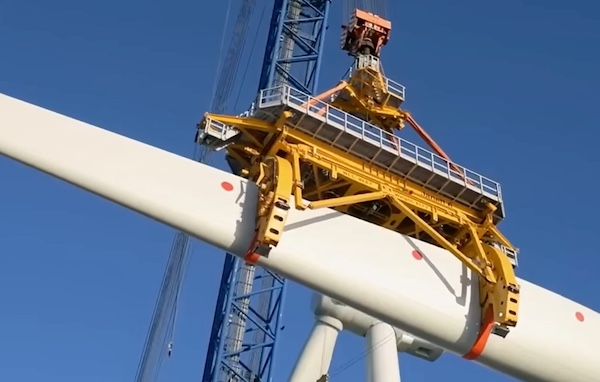
Wind turbines play a pivotal role in the global transition to sustainable energy sources. However, the harsh environmental conditions in which wind turbines operate, such as extreme temperatures, high humidity, and exposure to various contaminants, p....
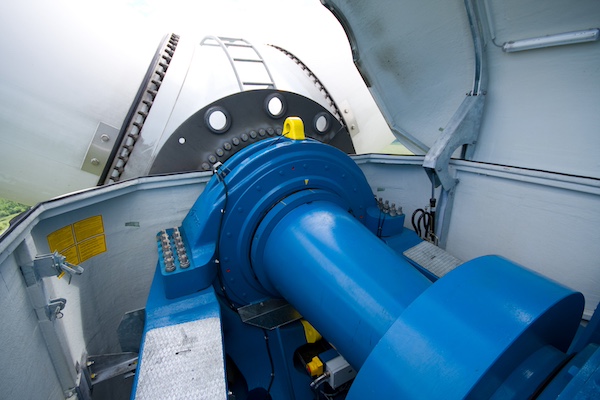
Wind energy remains the leading non-hydro renewable technology, and one of the fastest-growing of all power generation technologies. The key to making wind even more competitive is maximizing energy production and efficiently maintaining the assets. ....
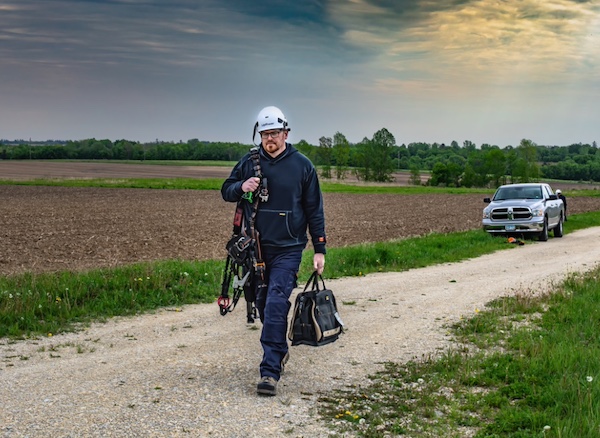
The allure of wind turbines is undeniable. For those fortunate enough to visit these engineering marvels, it’s an experience filled with awe and learning. However, the magnificence of these structures comes with inherent risks, making safety an abs....
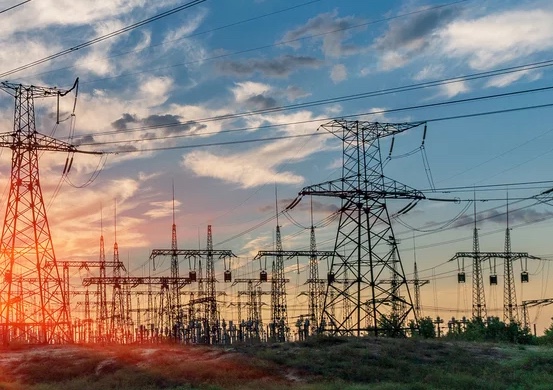
Battery energy storage is a critical technology to reducing our dependence on fossil fuels and build a low carbon future. Renewable energy generation is fundamentally different from traditional fossil fuel energy generation in that energy cannot be p....
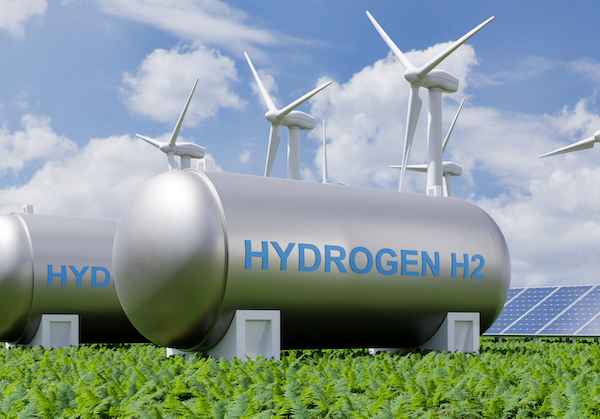
Not enough people know that hydrogen fuel cells are a zero-emission energy technology. Even fewer know water vapor's outsized role in electrochemical processes and reactions. Producing electricity through a clean electrochemical process with water....

In the ever-evolving landscape of sustainable transportation, a ground-breaking shift is here: 2024 ushers in a revolutionary change in Electric Vehicle (EV) tax credits in the United States. Under the Inflation Reduction Act (IRA), a transforma....

Now more than ever, it would be difficult to overstate the importance of the renewable energy industry. Indeed, it seems that few other industries depend as heavily on constant and rapid innovation. This industry, however, is somewhat unique in its e....

University of Toronto’s latest student residence welcomes the future of living with spaces that are warmed by laptops and shower water. In September 2023, one of North America’s largest residential passive homes, Harmony Commons, located....
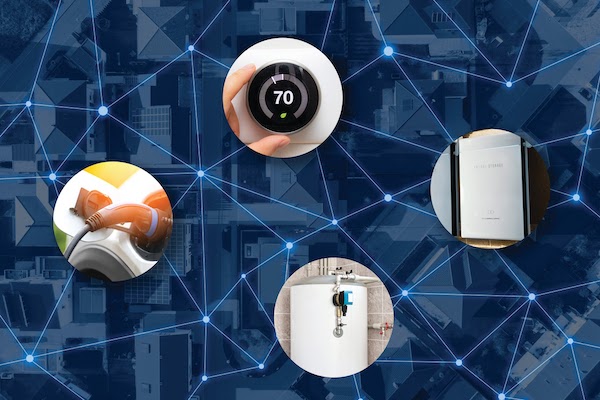
For decades, demand response (DR) has proven a tried-and-true conservation tactic to mitigate energy usage during peak demand hours. Historically, those peak demand hours were relatively predictable, with increases in demand paralleling commuter and ....